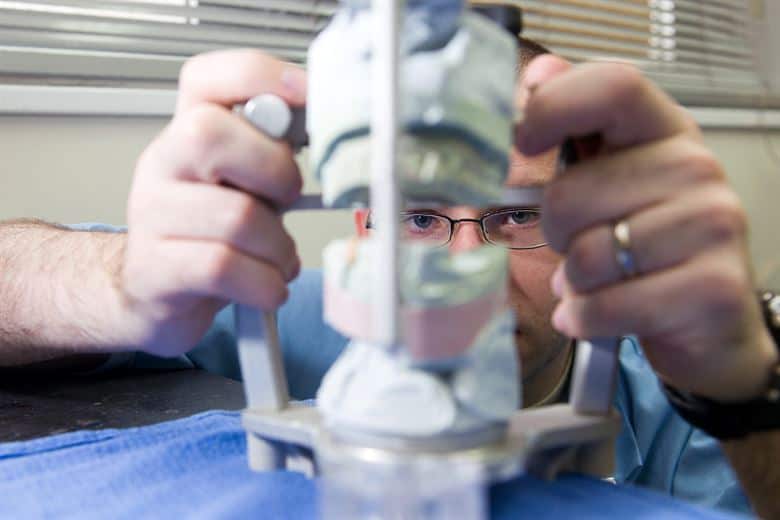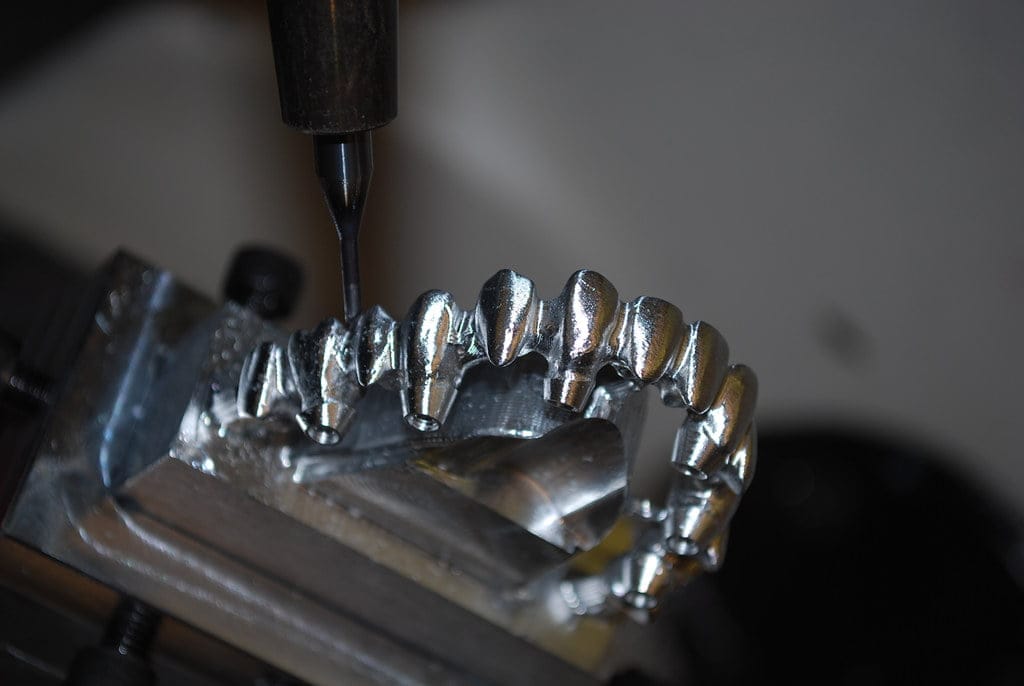They are dental prosthesis that rests on the patient’s healthy teeth. They are also called fixed partial prosthesis and they aim to replace the lost teeth by pontics (which is the technical name of the substitute teeth). They are one of the best options, along with the dental implants to work those esthetics problems from odontology.
Dental Bridges Types
Many adult people between the ages of 20 – 70 years old have already lost 2 – 3 teeth. They could have lost them accidentally or by caries and infection. These are the dental bridges choices available for sell in the market:
Traditional Dental Bridge
These are the most commonly used dental bridges. They are meant to be used to replace one or more teeth when there are natural teeth on both sides of the gap since they are fixed by using cement on the teeth immediately after the missing tooth.
The disadvantage of this dental bridge is that the enamel of the adjacent teeth is regularly lost. This enamel does not regenerate, that’s the reason due to these teeth will have to be protected by using dental crowns, so you will have to be more careful with oral care and hygiene.
Cantiliever Dental Bridge
They are quite similar to traditional dental bridges but, in this case, the pontic is fixed to one adjacent tooth only. This means that the odontologist only needs to fix the pontic onto one side, instead of both like traditional dental bridges, yet it remains very secure and strong. This option also removes the enamel from the tooth to which the dental bridge will be attached.
Maryland Dental Bridge
This type of dental bridge is more conservative than the two previous ones. In this case, the pontic is fixed by using either a metallic or dental porcelain structure to the back faces of the adjacent teeth to the missing tooth. As this is not fixed through crowns it is not necessary to remove the enamel of the adjacent tooth.
The Maryland dental bridges are not usually as strong as the previous two since the strength of the bite is limited as well as the structure of the patient’s mouth or bite is also affected or disturbed in some cases by the mechanism which is used to install this type of dental bridge.
Dental Bridges Held by Implants
This is another option to replace one or more missing teeth. In this case, the pontic is not attached to any tooth crown but a complete dental implant. This implant is placed on every gap left by any missing tooth.

This dental bridge is strongly safe and comfortable. The only thing you will have to take care of is to keep a good brushing, flossing, and mouthwash, just as you would have to do with your natural teeth. The main disadvantage presented by these dental bridges is that you will have to go to the dentist more times than with the previous ones: the first time is meant to take dental impressions and X-rays, the second time to place the implants, and the third time to fix the pontic(s). The whole process can take up to 4-5 months.
Dental Bridges Advantages
- They are more affordable than dental implants
- They help to prevent other oral ant tooth problems
- They can make your smile look better
- Improve the chewing function

